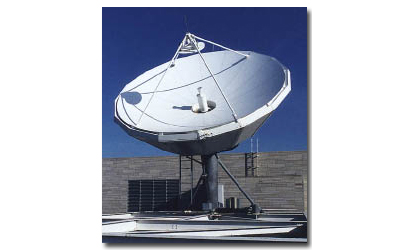|
|
 |
Knowledge Is Key
For Intelligent Decisions
Satellite Logic is a leading,
authoritative source of information in
the Satellite Industry. Located in the
heart of the Silicon Valley, Satellite
Logic provides one of the most
valuable and comprehensive
knowledge bases on the Satellite
market! This is a primary Worldwide
information center which enables our
clients to analyze, evaluate, inquire
and select their best tailored
solutions. Our company sets the
industry standards for targeted
buying leads, reflecting a dramatic
advance over traditional marketing
solutions.
|
|
|
 |

The satellite dish used for receiving the amplified signal is designed
to capture the incoming radio waves and then focus them onto the feed
horn. In the perfect world, there would be no obstructions between the
orbiting satellite and dish making for a clear signal. It does happen
though, that a satellite dish may need to pick up signals from 2 or more
satellites at the same time. In such a case, a satellite dish with a single
feed horn may work, but it would need to be aimed to a position where
it can receive information from both orbiting satellites. The disadvantage
of such an arrangement is that the aim on the dish is not optimized, so
signal clarity drops significantly. A dish of a different design with 2 or
more feed horns helps to restore the quality of the signal. This type of
arrangement works by allowing the information from one satellite to hit
one feed horn, and the information from the second satellite to his the
second feed horn.

The feed horn in a satellite dish consists of a low noise blockdown
converter (LNB), which works to amplify the radio signal even further.
It also works to filter out noise from the signal. The LNB then sends the
filtered and amplified signal to the receiver.
|
|
|
|
